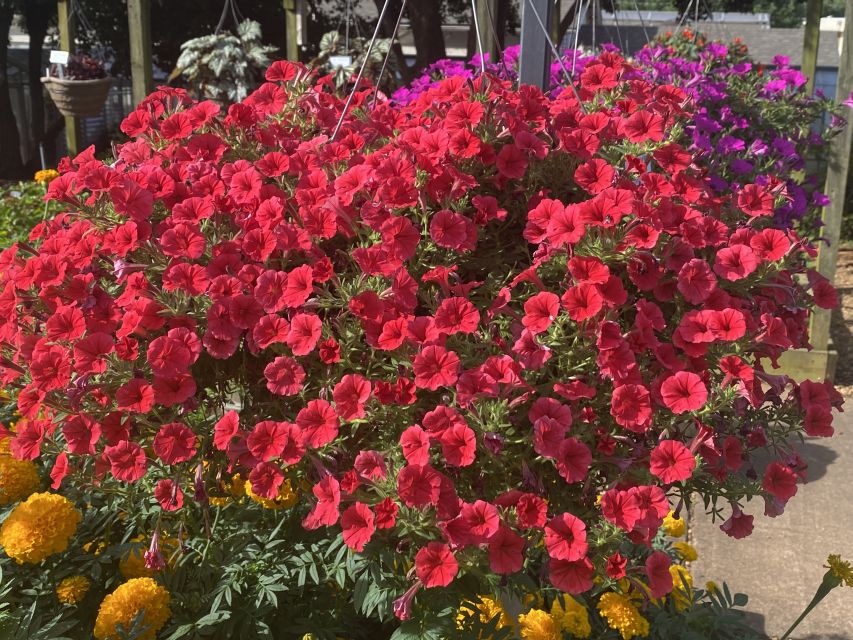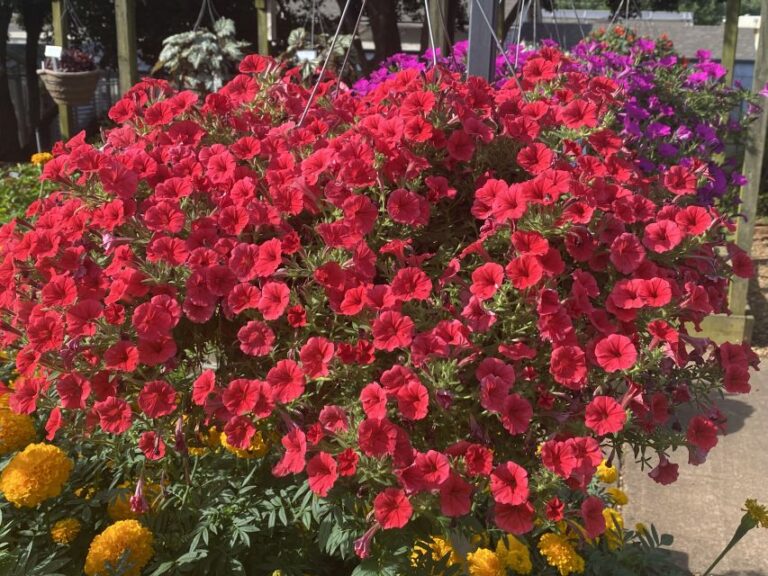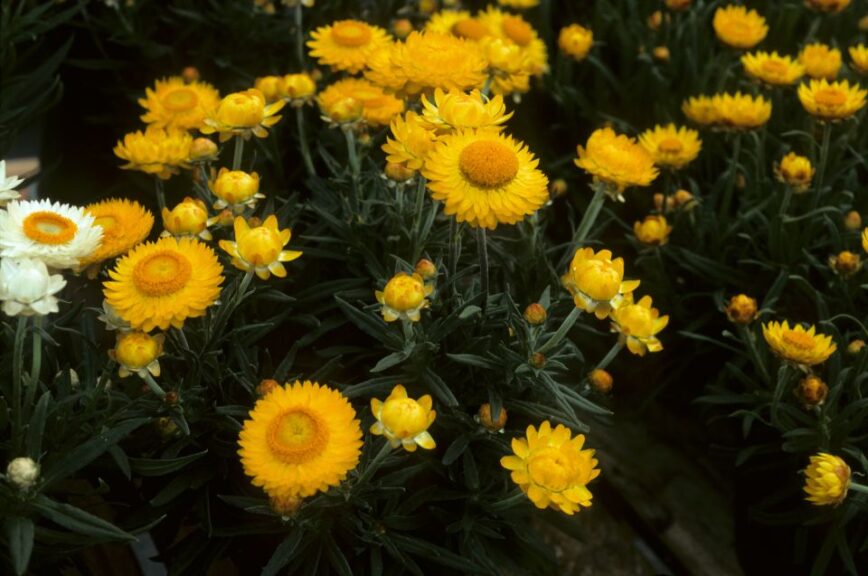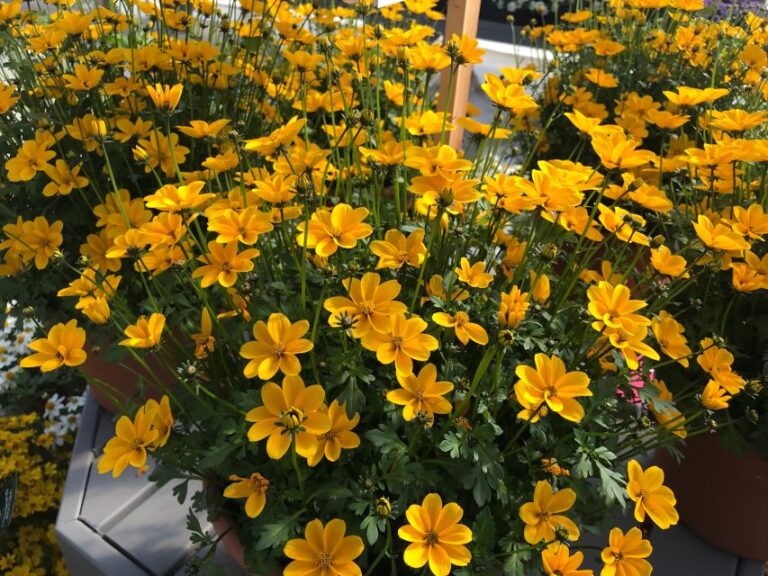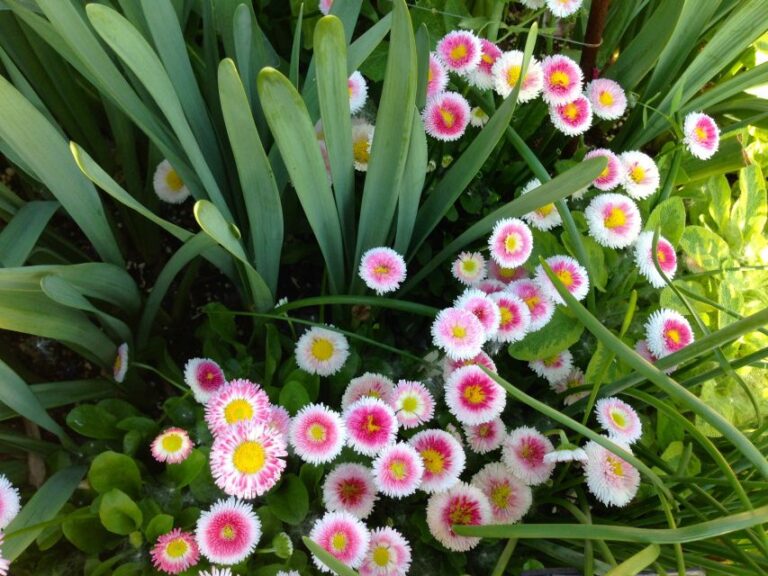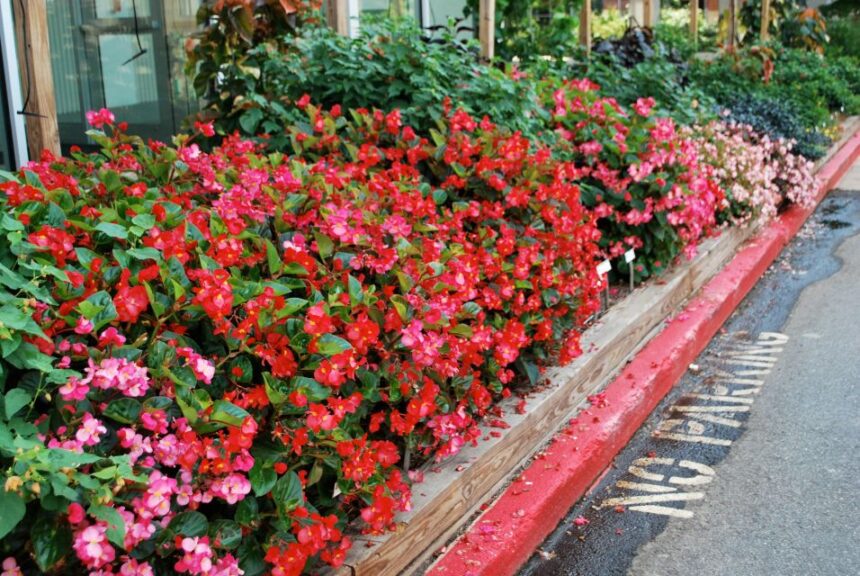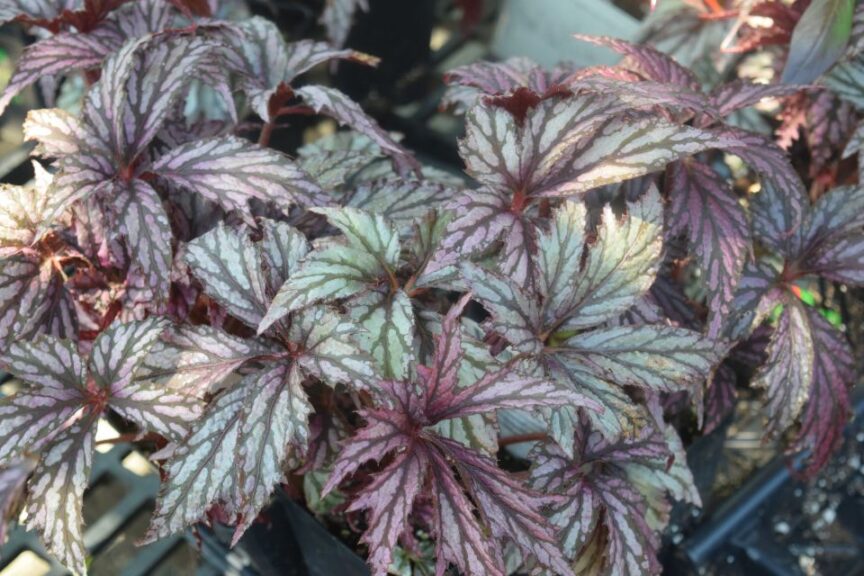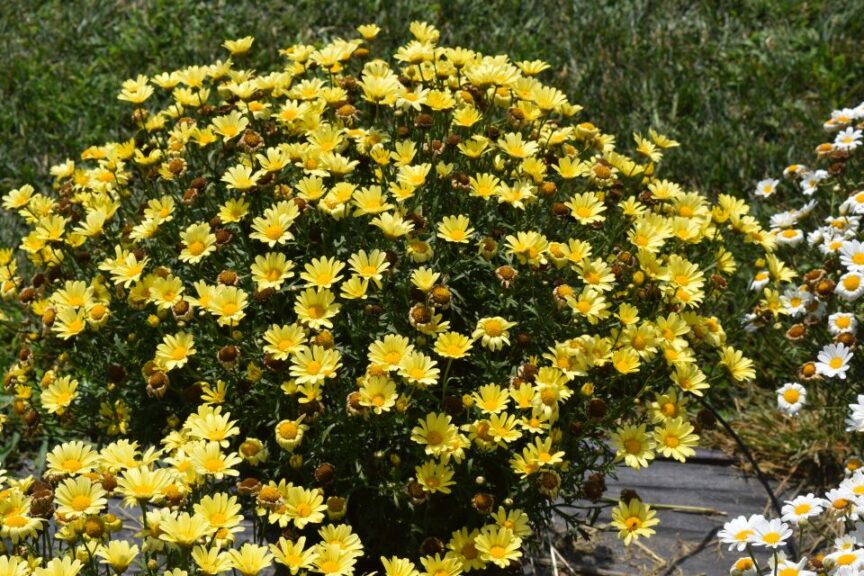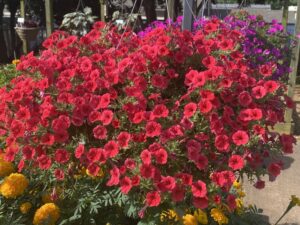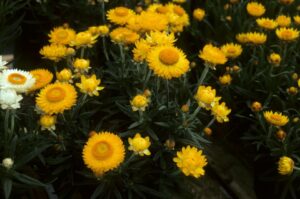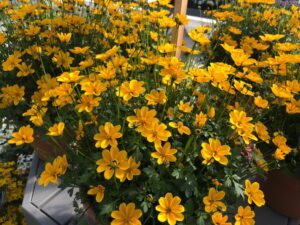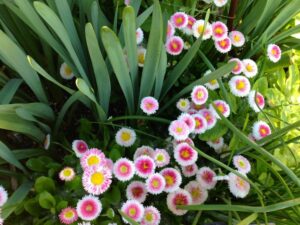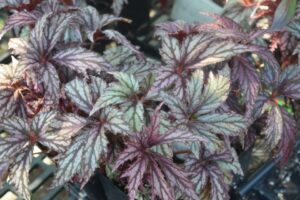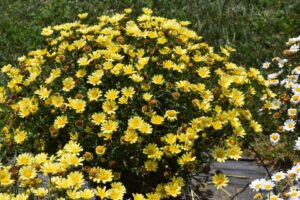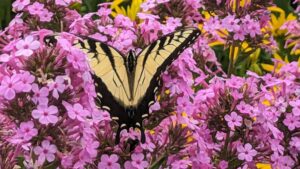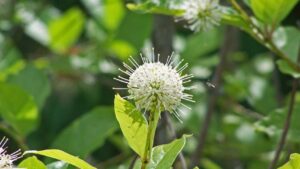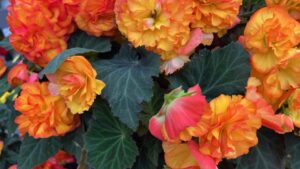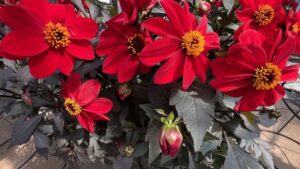Allan Armitage’s Top Annuals Recommendations for 2023
I have shared my thoughts about trends, passion, pricing, labor, and opportunities in our business in recent columns. From greenhouse technology to marketing and labor, our issues are varied and diverse. However, one thing is common and it is the basis for every conversation we have. The plants we grow! They are the building blocks and the mortar; they are the DNA of this industry.
If we listen to what people are talking about when our industry is discussed, we will more often hear about lifestyle, beauty, pollinators, natives, solutions, and deer than about specific plants. Not to diminish the importance of these issues, but we don’t grow lifestyles, we grow the plants that support lifestyles…and pollinators and solutions.
In fact, we must screen those broad issues down to specifics, that is, what will be grown and sold. And when all is said and done, we are really only talking annuals, perennials, and more recently, compact shrubs. It is all about the plant!
My Thoughts on Genera — Annuals
If one visits any industry show, from state expos to Cultivate, one is quickly overwhelmed by the choices in annuals. In any one genus, there may be three dozen cultivars on display, and a dozen may be new that year. It is impossible to recommend one cultivar over another based on plant beauty and performance, and choices as to series, cultivars, sizes, and colors involve price and availability (and marketing). Many minor genera have found success as fillers in mixed container programs.
However, as stand-alones, let’s see how one plantsman ranks the various genera our customers so cherish. I have no doubt there will be many who will rearrange the categories. Apologies for plants omitted.
- Established must-haves: No garden center, installer, or grower will not have these on their availability list. They are all on the A-list in nearly every state in the country. All have dozens of choices, each one more beautiful than the one before it. The A-list includes Calibrachoa, Petunia, Begonia, Impatiens, Viola, Verbena, Salvia, Snapdragon, Celosia, and Zinnia.
- Well-established, but on the B-list: These well-known groups of plants have passionate followers in nearly every state. However, they are not always on the lips of buyers, gardeners, or landscape installers. Perhaps one or two have fallen from the A-list and may soon be there again. The B-list includes Bracteantha, Bidens, Gaura, Dahlia, Bacopa, Cuphea, Gerbera, Lobularia, Scaevola, and Tagetes.
- Those we love or ignore: For some Those we love or ignore: For some landscapes, these are indispensable, but seldom are they the dominant genus in any planting. Landscapers who have been successful want more of them, but they still struggle in breaking through to the mainstream. They are fabulous where they succeed, but many are simply better suited to specific parts of the country or to specific seasons. These include Agastache, Argyranthemum, Osteospermum, Bellis, Delphinium, Tropaeolum, and Diascia.
Look out, these are actually everywhere: And I mean everywhere. How many gardens, not landscapes, do you know where some of these plants are not present. They are huge items, but not something one thinks of as mainstream annuals. These crops include Basil, Thyme, Lavender (actually herbs in general), container/patio vegetables, and succulents. Stay tuned to hear my thoughts on perennials next month.




